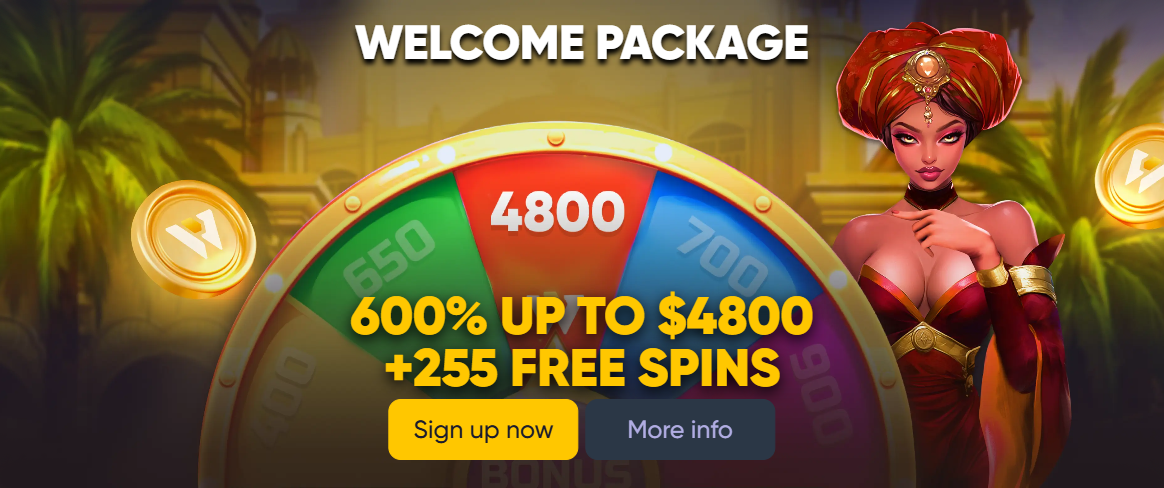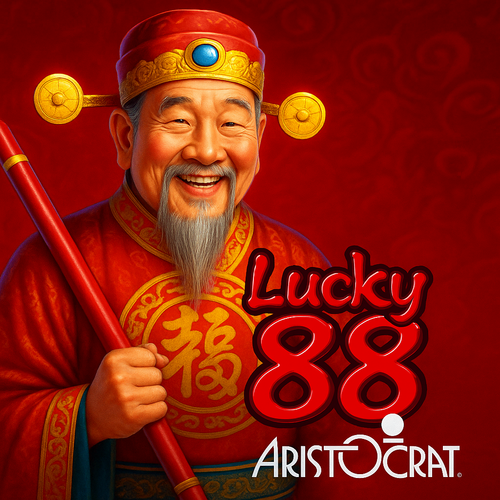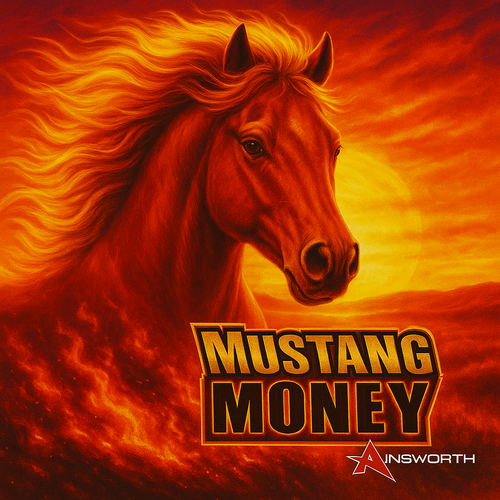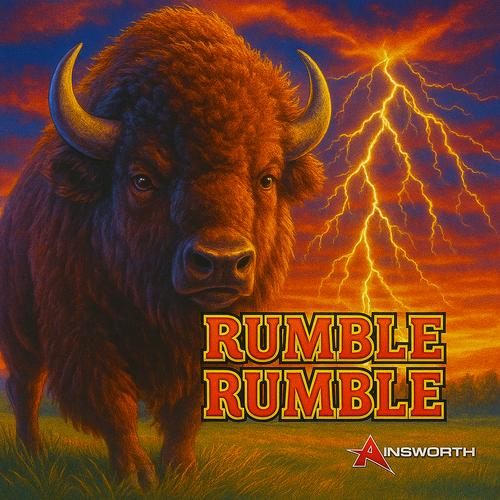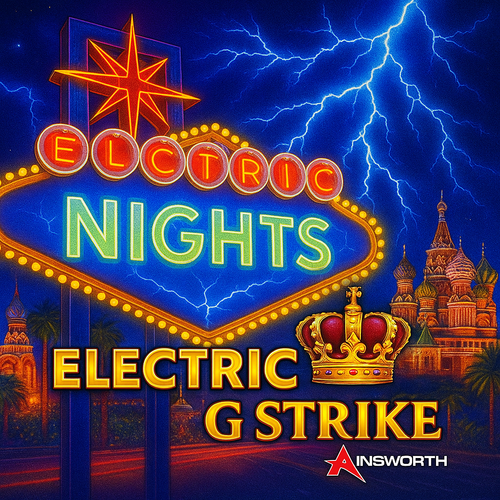When to buy a bonus: how to understand that it is profitable
1) Term base (in xBet - multipliers to the bet)
Bonus purchase price (C): how much is a freespin round, usually 50-150 ×.
ABP (Average Bonus Payout) - the average payout of one bonus based on the results of a series of purchases.
BF (Bonus Frequency): average number of spins before the natural entry into the bonus.
RTP\_ buy: RTP purchase mode (often specified in "i" separately).
Ante (α surcharge): + 10-25% to the rate for an increased trigger chance.
2) The main criterion is "profitable/unprofitable"
1. Is there an exact RTP\_ buy in the rules?
If RTP\_ buy ≥ RTP\_ base (or at least no lower) - purchase mathematically no worse than spins.
If RTP\_ buy 3) Comparison with natural input and with Ante: solution formulas (in xBet). In money - multiply by the rate. Positive EV is rare (promo/discounts/jackpot overlay needed). (in xBet by 1 spin) is the contribution of bonuses to RTP on regular spins. 3. 3. Ante Bet: spin surcharge α and new BF = B₁ (was B₀). If the EV Δ is> 0, Ante improves waiting (or at least does not spoil). If Δ EV ≤ 0, Ante is just an event accelerator for money. 4) When to buy a bonus rationally RTP\_buy ≥ RTP\_base. Rare, but it occurs - especially in individual modes or in some providers. Vager/promo give a plus to EV. Examples: freespins without a wager, cashback/rackback, purchase discounts, multiplier tournaments. Count the net effect. Limited time, huge BF. When the natural input is "far away," and the goal is precisely a bonus (test/content). This is not about EV +, but about saving time. Content strategy. For stream/review, the purchase pays off with out-of-game value (not math). 5) When not to buy RTP\_ buy is significantly lower than RTP\_ base (the difference ≥ 0.5-1 percentage points). The C price is high and the slot is super-volatile: without a series of purchases, the risks are prohibitive. Casino bonus money. Often purchase is prohibited by T & Cs: risk of forfeiture of winnings. There is no budget for the series. One purchase is not a strategy, but a lottery ticket. 6) How to collect data in a demo (minimal statistics) Purchases: make 30-50 purchases (preferably 100 +) at a fixed rate in the demo. Record: results in xBet, mean (ABP), median, percentage of empty/micro bonuses, P (≥50×, ≥100×). Rate RTP\_ buy: ABP/C. For Ante: measure B₀ (without Ante) and B₁ (with Ante) on 800-1,200 backs; substitute item 3 into the formula. 3. 7) Accounting for variance and bankroll A series of purchases, not single: plan ≥ 20-30 purchases at least (in high will - 50 +). 8) "Option selection" and "stairs" inside the bonus Often the chances are not disclosed - without numbers it is better to limit yourself to one "safe" step or refuse. 9) Scenarios and decision thresholds Check: RTP\_ buy ≥ RTP\_ base or BF is very large. Action: small share of risk/buy (0.5-1%), series 20-30 purchases, stop wines at their peak. Check: The wager counts Bonus Buy; cashback/discount offset minus EV. Action: Count full EV (return accounting), rate limits from T & Cs. The goal is to measure ABP and P (≥100×). Action: 100 + purchases in demo, magazine, options comparison/Ante. RTP\_ buy lower, C high, bank small - do not buy, play with our backs/look for other slots/modes. 10) Frequent errors Draw conclusions on 2-5 purchases. Need a series. Ignore RTP\_ buy (if specified) and believe that "buying is always better." Raise the rate after a series of minuses ("should give") - backs and outcomes are independent. Buy with bonus money when prohibited in the rules. Ignore the median and variance. The average "holds" on rare hits. 11) Buy-or-not checklist (30 seconds) 1. RTP\_base / RTP\_buy: ≥? (Yeah, no). 2. C and ABP (by demo): ABP/C ≈? (comparable to RTP\_ base?). 3. BF and Ante: with the formula of item 3. 3 gives Δ EV> 0? 4. Bank per batch: ≥ 20-30 purchases with a share of 0.5-1-2%? 5. T & Cs: Bonus Buy allowed? bet/play limit? 6. Limits: SL series, SW, timer. 7. Purpose: EV/report/content? If not EV, consciously pay for the pace. It is beneficial to buy a bonus if and only if the RTP of the purchase mode is not lower than the basic one (or when the promo/cashback/tournament mechanics compensate for the minus EV). In other cases, it is a tempo tool: you pay for BF reduction and instant access to the game's "meat," accepting increased variance. Working practice is to consider ABP, evaluate RTP\_ buy ≈ ABP/C, check Ante with a formula, plan a series of purchases with a small share of the bank and follow stop rules. This is how you get the most out of Bonus Buy - without illusions and with risk control.
$$
A) "Regular game is worse on RTP, time is short"
B) "Play/Promo"
C) "Slot Test"
D) "Bad input"
Conclusion
